Curing of Cement Concrete
Curing of Cement Concrete
Curing of cement concrete is defined as the process of maintaining the moisture and temperature conditions of concrete for hydration reaction to normally
so that concrete develops hardened properties over time.
The main components which need to be taken care of are moisture, heat, and time during the curing process.
Why the curing of cement concrete is required?
- Curing of cement concrete is required for the following reasons:
- To prevent the concrete from drying out prematurely due to solar radiation and wind. This prevents plastic shrinkage of concrete.
- It helps to maintain the concrete temperature by allowing the hydration process. The hydration process requires water to carry on and releases heat.
- Curing helps the concrete to harden and bond with internal materials and reinforcement. This helps to prevent damage to the bond between concrete and reinforcement due to vibration and impact.
- This helps the development of impermeable, crack-free, and durable concrete.
What is the right time for the curing of concrete?
The time to start the curing of concrete depends on the evaporation rate of moisture from the concrete.
The evaporation rate is influenced by wind, radiant energy from sunshine, concrete temperature, climatic conditions, relative humidity.
The evaporation of moisture is driven by the difference in vapor pressure on the concrete surface and the surrounding air.
When the difference is high, the evaporation rate is high.
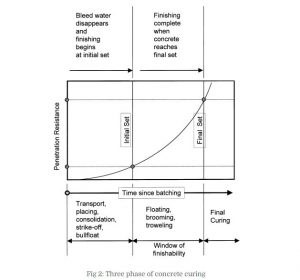
ACI 308 – Guide to Curing Concrete suggests three phases of concrete curing. These phases are shown in figure 1.6 of ACI 308.
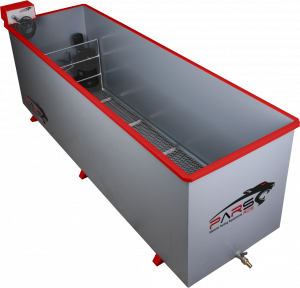
The right time of curing of concrete depends on:
1. Initial Curing
When the concrete is placed and compacted, bleeding of water occurs and rises through the surface of concrete due to the settlement of concrete.
The rate and duration of bleeding depend on many factors, including concrete mix properties, depth or thickness of concrete, method of compaction of concrete, etc.
These bleed water starts to evaporate from the surface.
When all the bleeding water has disappeared from the surface, the drying of concrete starts, then the initial curing of concrete is required to minimize the moisture loss
and prevent plastic shrinkage cracks to the concrete before and during finishing operations.
The initial curing of concrete can be done by techniques such as fogging or using the evaporation reducers, or by providing the sunshades and windscreens.
2. Intermediate Curing
Intermediate curing is done when the concrete surface finishing operations have been carried out before the final set of concrete.
This happens when the required surface texture of the concrete members is achieved rapidly or when the setting of concrete is delayed.
3. Final Curing
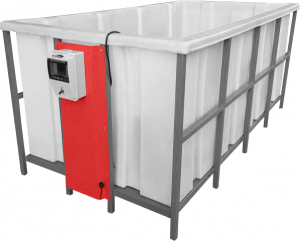
When the concrete is finished after the final set of concrete, the final curing of concrete should be done.
This helps to prevent surface drying of concrete because the loss of moisture from the concrete surface occurs immediately.
What is the duration of cement concrete curing?
Curing of concrete for longer duration increases the strength and durability of concrete structural members.
The following figure explains how the compressive strength of concrete increases with time when it is cured for a longer duration.
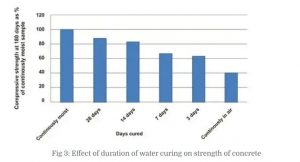
The curing duration of concrete depends on
- The reason for curing, i.e. to prevent plastic shrinkage, temperature control, strength, and durability of concrete.
- The size of a concrete structural member
- The type of concrete grade and rate of hardening of concrete
- The temperature and moisture conditions of surroundings
- The exposure conditions of the concrete surface during and after curing
- The requirement of curing duration as per the specification of concrete
The American Concrete Institute (ACI) Committee 301 recommends a minimum curing period corresponding to concrete attaining 70 percent of the specified compressive strength.
The often specified seven-day curing corresponds to approximately 70 percent of the specified compressive strengths.
The Indian Standard IS 456 – 2000 recommends that curing duration of concrete must be at least seven days in case of ordinary Portland Cement, at least ten days
for concrete with mineral admixtures or blended cements are used.
It also recommends that the curing duration should not be less than ten days for concrete exposed to dry and hot weather conditions and 14 days for concrete with mineral
admixtures or blended cement in hot and dry weather.
References
ACI 308, American Concrete Institute – Guide to Curing Concrete
BS 8110 – British Standard for the Design and Construction of Reinforced and Prestressed Concrete Structures
IS 456 – 2000: Indian Standard Code of Practice for Plain and Reinforced Concrete
What is curing of concrete?
Curing of cement concrete is defined as the process of maintaining the moisture and temperature conditions of concrete for hydration reaction to normally so that
concrete develops hardened properties over time.
Why the curing of cement concrete is required?
The curing of cement concrete is required for the following reasons-
To prevent the concrete from drying out prematurely due to solar radiation and wind.
To maintain the concrete temperature by allowing the hydration process.
To harden and bond with internal materials and reinforcement. This helps to prevent damage to the bond between concrete and reinforcement due to vibration and impact.
To development of impermeable, crack-free, and durable concrete.
What is the right time for the curing of concrete?
The time to start the curing of concrete depends on the evaporation rate of moisture from the concrete.
The evaporation rate is influenced by wind, radiant energy from sunshine, concrete temperature, climatic conditions, relative humidity.
What is the duration of cement concrete curing?
The curing of concrete for longer duration increases the strength and durability of concrete structural members. However, after 28 days of the casting of a concrete, 99% of
the hydration process of the concrete is completed. Further to which continuation of curing is of no use.
Which are the standard codal reference for curing of concrete ?
ACI 308, American Concrete Institute – Guide to Curing Concrete.
BS 8110 – British Standard for the Design and Construction of Reinforced and Prestressed Concrete Structures
IS 456 – 2000: Indian Standard Code of Practice for Plain and Reinforced Concrete.


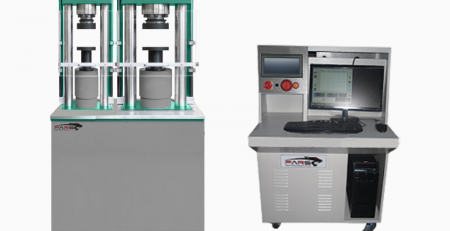
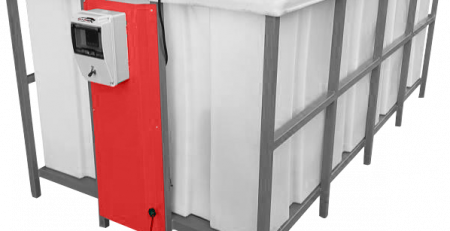
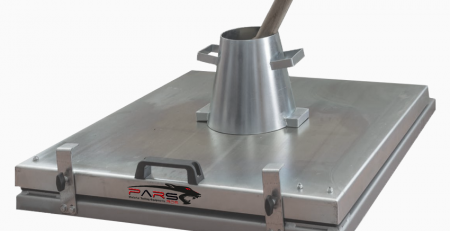
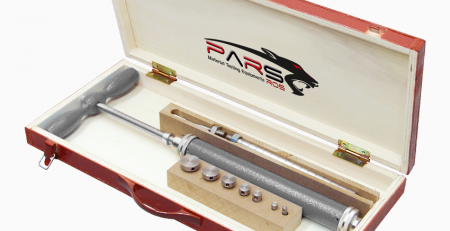
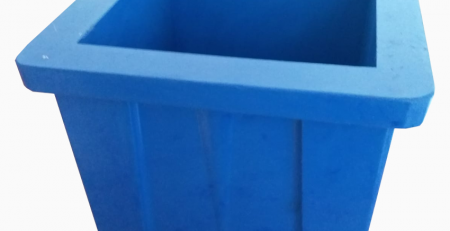
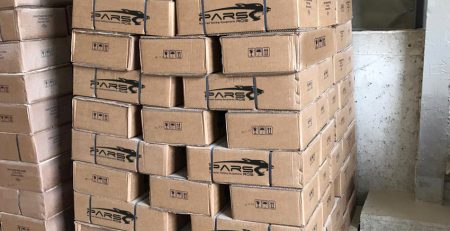
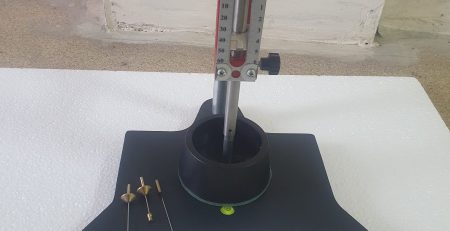
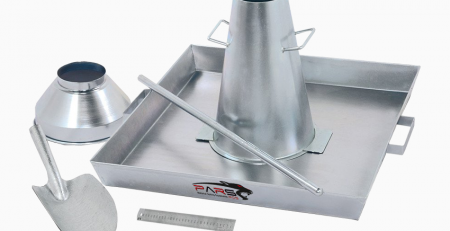
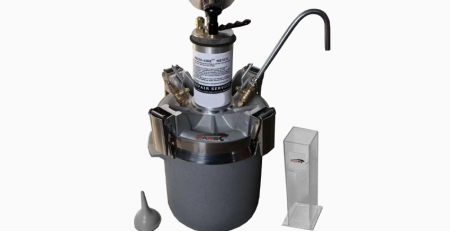
Leave a Reply
You must be logged in to post a comment.